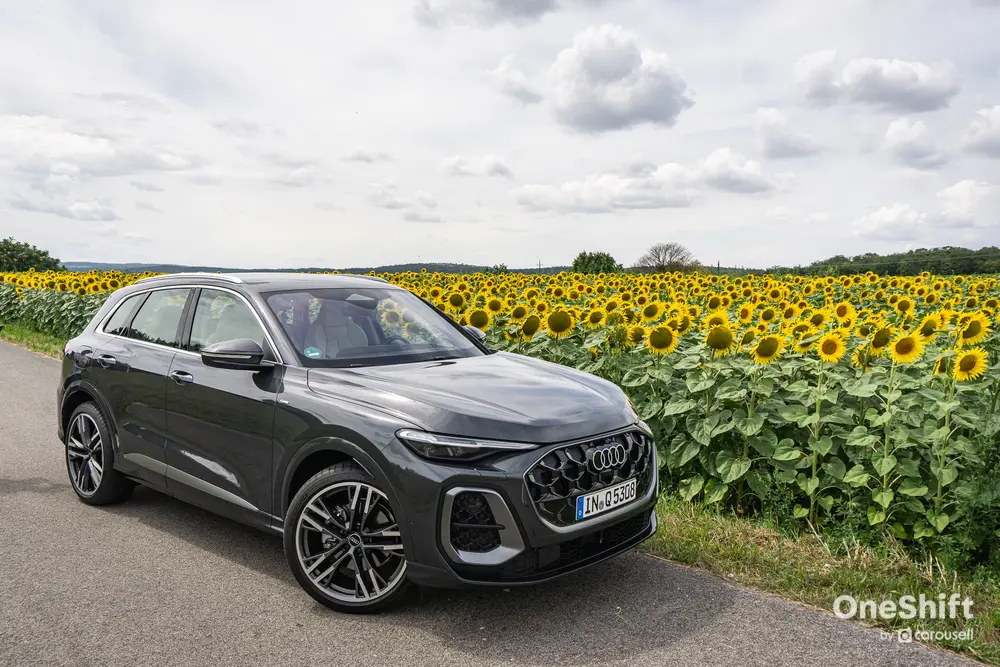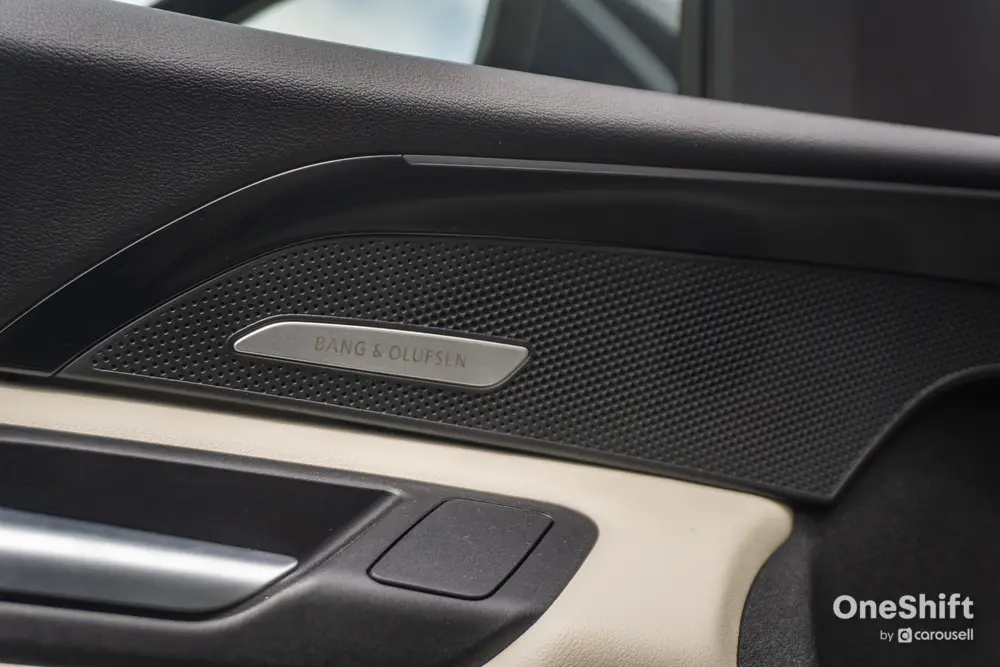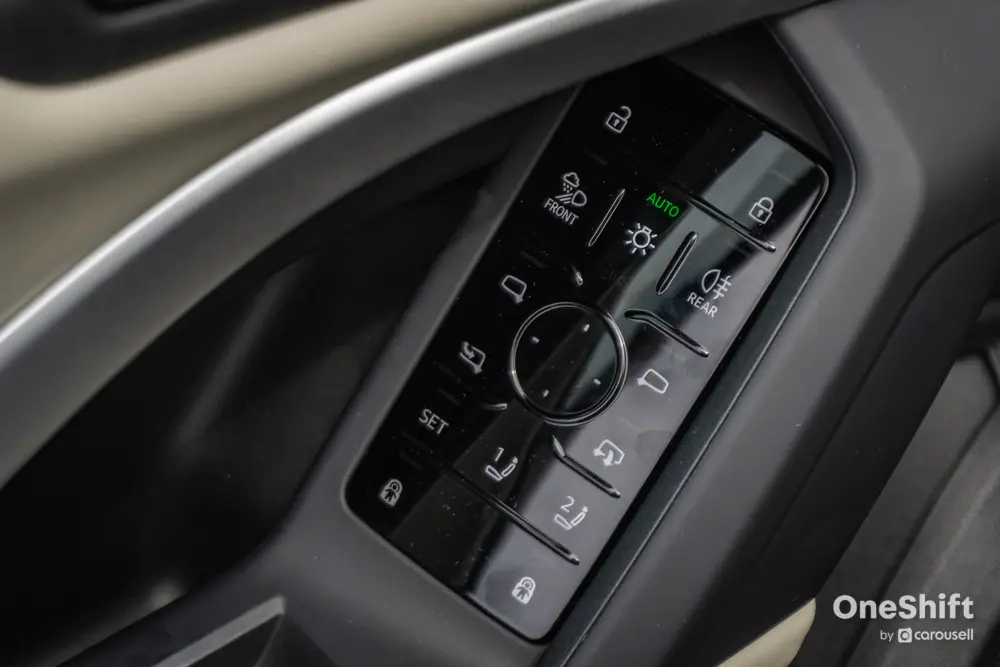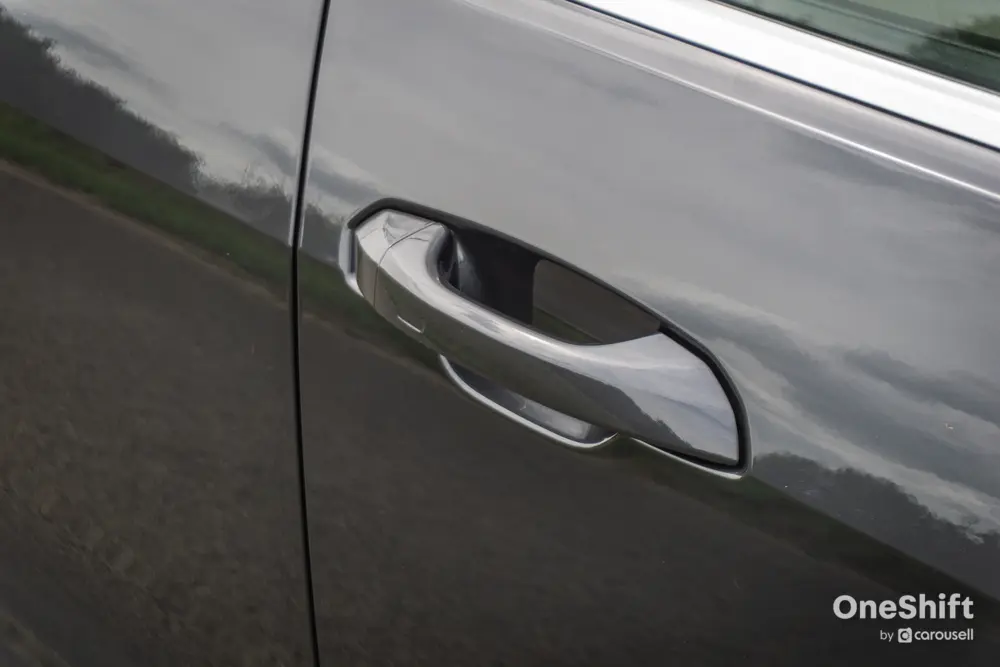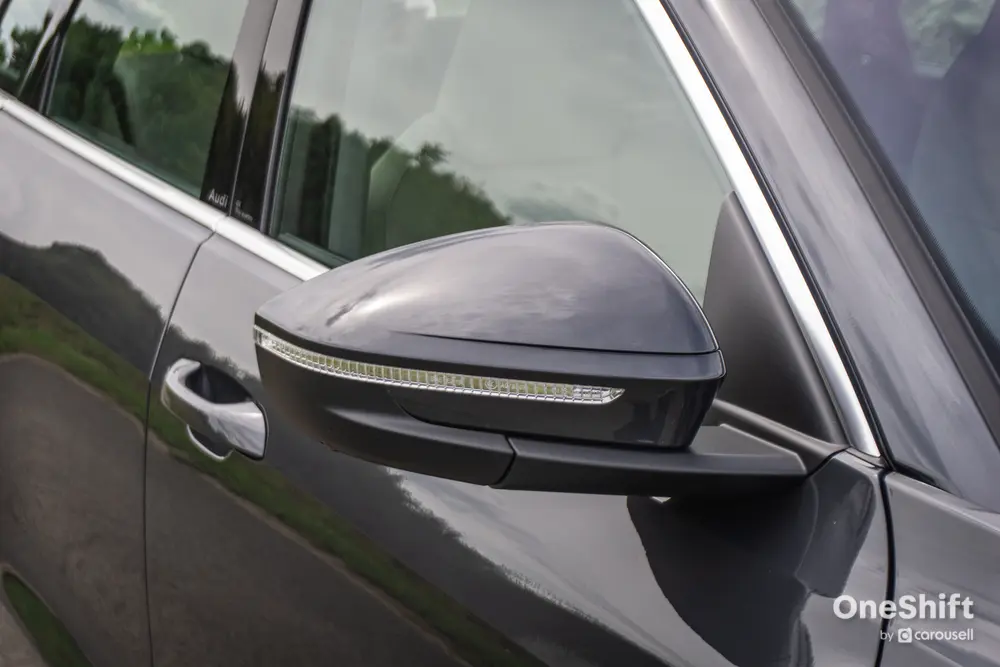Audi Q5 TFSI quattro First Drive Review: Par Excellence
Refinement and all-rounder traits are the new Q5’s strong suits.


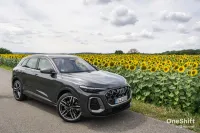




VIENNA, Austria - At one point in time, the Audi Q5 was immensely popular in Singapore. In fact, till today it remains Audi’s best-selling SUV in our local market, outselling even the smaller Q3. It’s also Audi Singapore’s 2nd best-selling model overall, just behind the Audi A4.
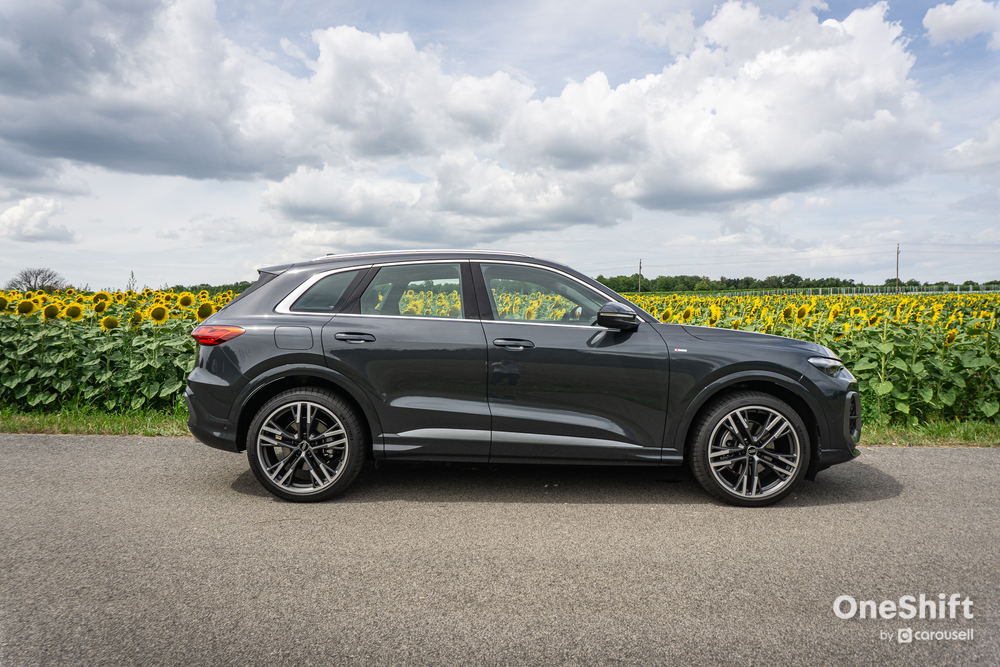
The current model’s long product cycle has faded its appeal somewhat as rivals brought newer products to the market. So it is timely that Audi is finally bringing to the market a new Q5. Not quite immediately though; it will only be slated to launch in Singapore by the end of this year. It can’t come soon enough.
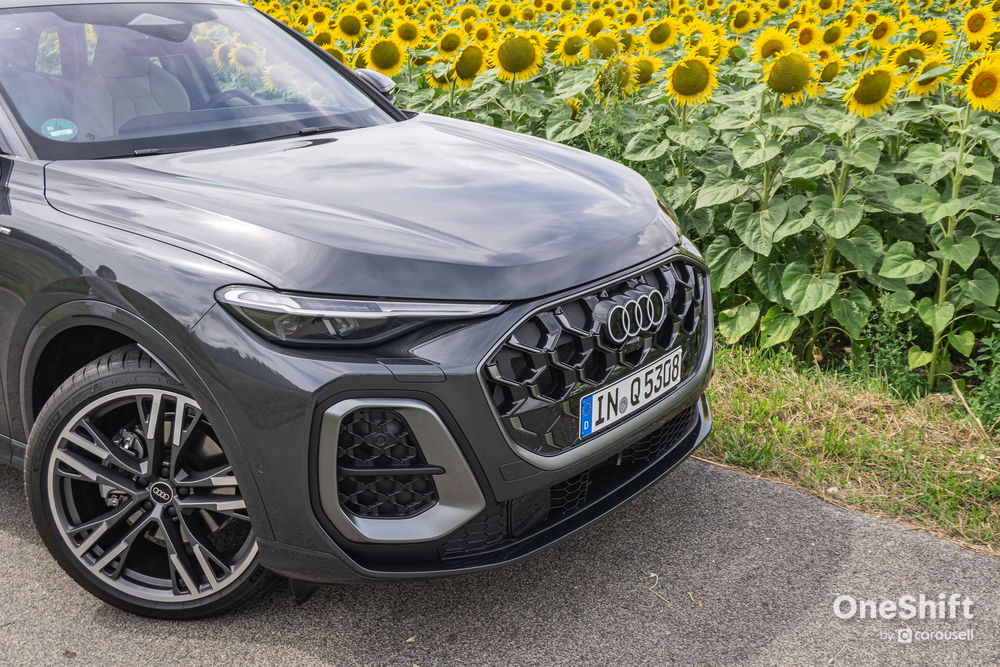
It is now built on a brand-new Premium Platform Combustion (PPC) chassis, which first debuted with the A5 Sedan. No other Volkswagen Group product currently uses this chassis, so it feels somewhat exclusive. It’s sort of Audi’s love letter to Internal Combustion Engines (ICE), so everything good they’ve learnt in the past few decades has been incorporated into PPC.
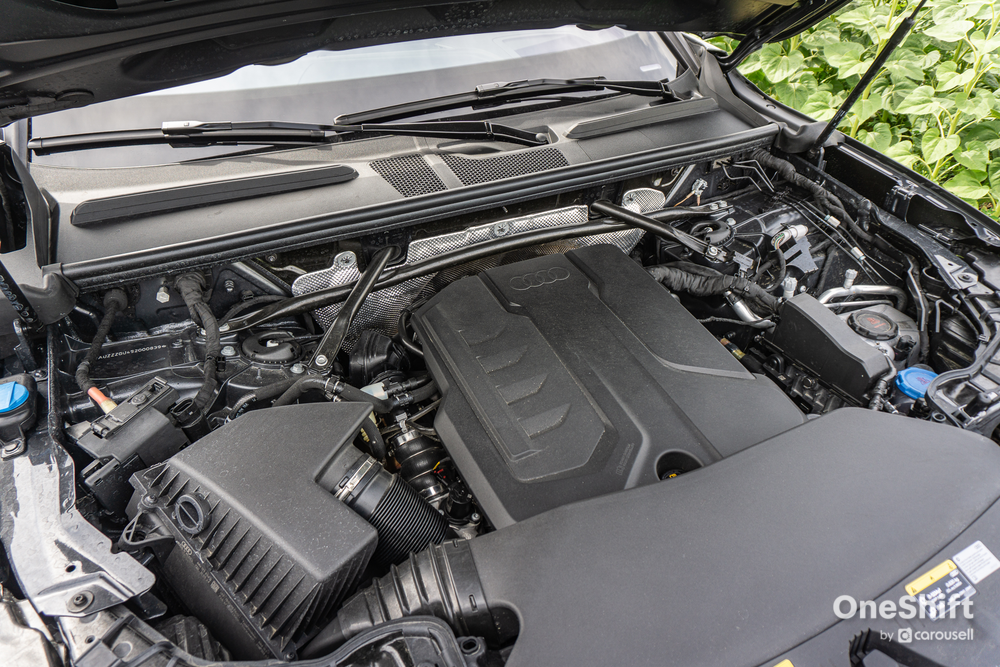
One benefit of PPC is the introduction of MHEV plus, an enhanced 48V mild-hybrid system that features a 1.7 kWh LFP battery providing power to a generator that produces 24 bhp and 230 Nm of boost. It also powers an electrically driven air conditioning compressor which means that the AC can run at full power even when the engine is switched off. Curiously, the PPC-equipped A5 Sedan does without any form of mild-hybrid power.
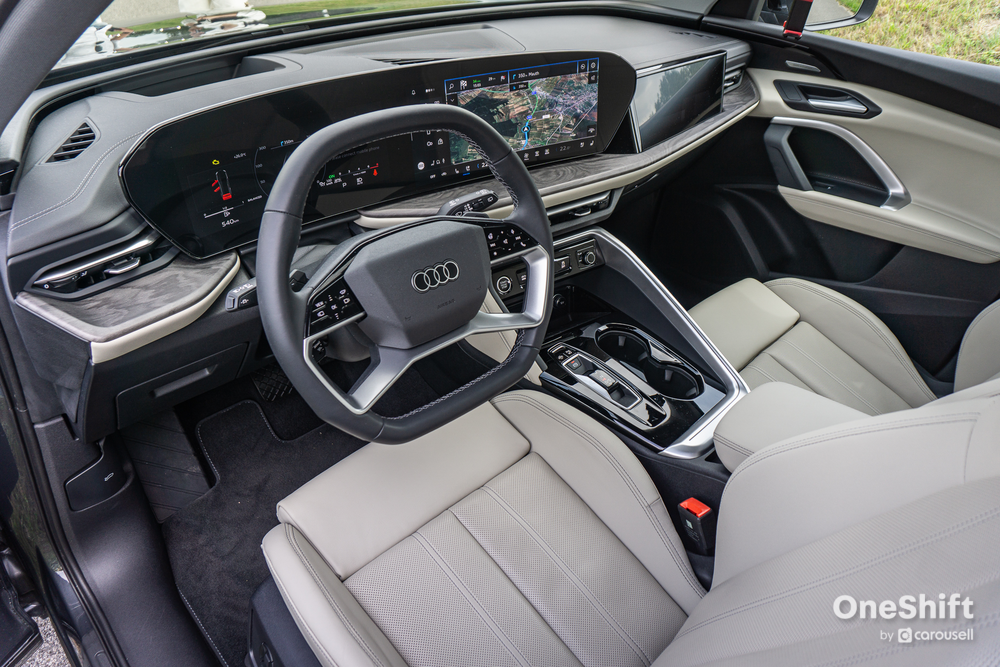
The other advantage of PPC is the expansion of interior room, with noticeably more shoulder room and legroom than ever before. The rear seats are fully adjustable and can move lengthwise and titled to suit. Boot space is a generous 520 litres. The centre armrest compartment is now bigger than in the previous Q5, while there are a lot more storage areas. However, one thing we noticed is the unusually high transmission tunnel at the rear cabin, which impedes legroom for the middle passenger.
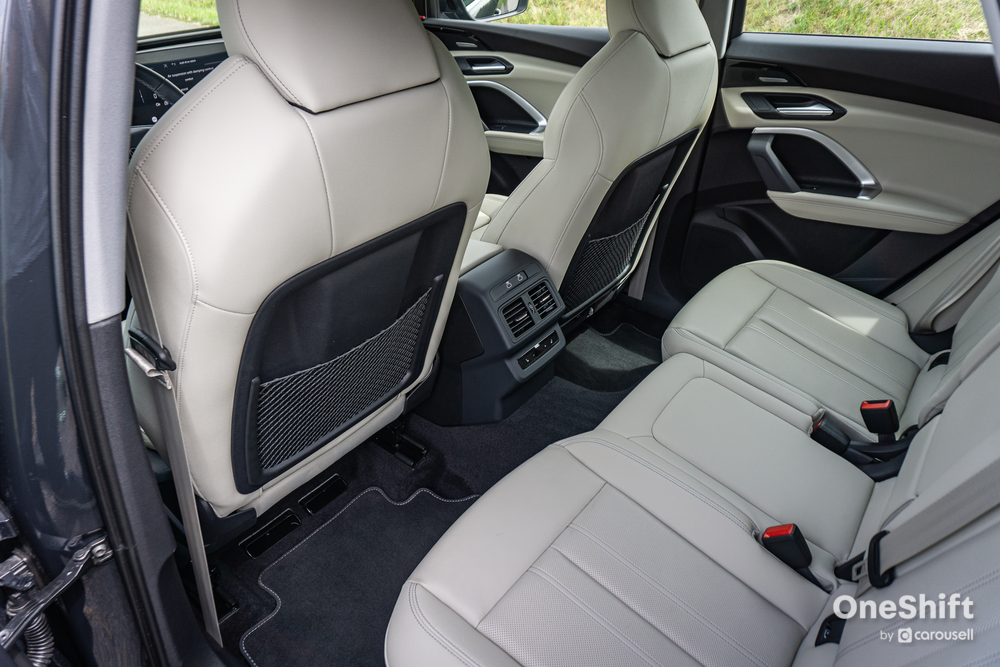
In Singapore, the Q5 is expected to debut in both front-wheel drive (FWD) and quattro, and both will be equipped with the 2.0-litre TFSI four-cylinder turbo that generates 201 bhp and 340 Nm. The FWD car will accelerate from 0-100 km/h in 8.6 seconds, while the quattro achieves a more impressive 7.2 seconds. The 362 bhp SQ5 is expected to come to Singapore as well.
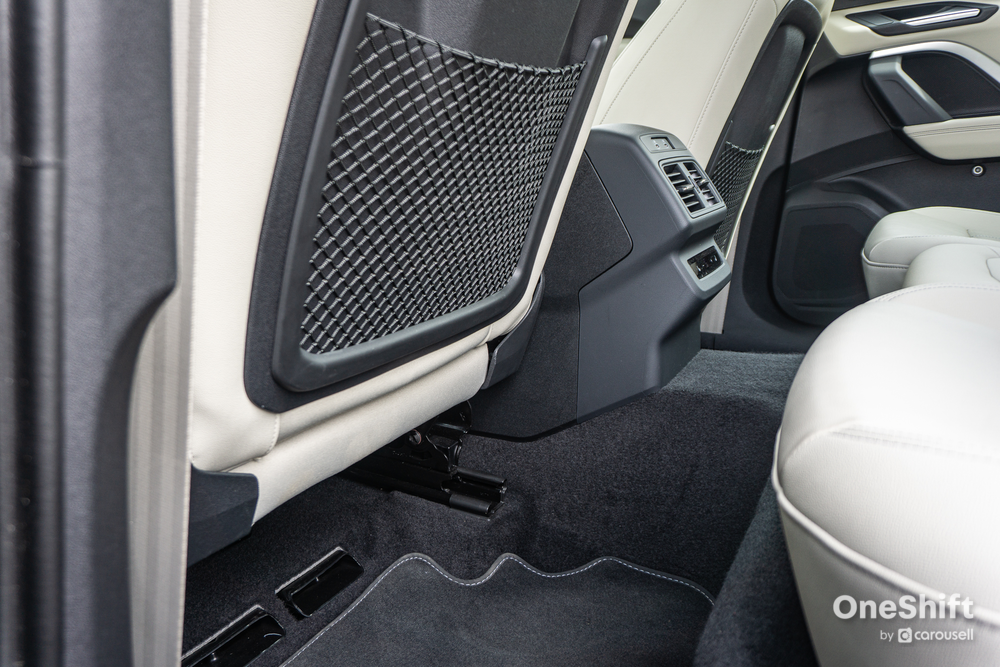
What does the Audi Q5 look like?
There’s no surprises with the Q5’s exterior, which is a very good thing when some rivals aim for shock-and-awe (ahem, BMW X3). There’s the trademark Audi singleframe at the front along with LED matrix headlamps providing 8 different light signatures. Rims range from 18-21 inch in size; the one on test here has the largest 21-inch wheels which are simply gorgeous. At the rear, there is a predictable light strip (with 266 segments) running the length of the bootlid, along with twin exhaust pipes. A new feature is brake lights that reflect on the rear windscreen, enlarging the braking light area and therefore enhancing safety.
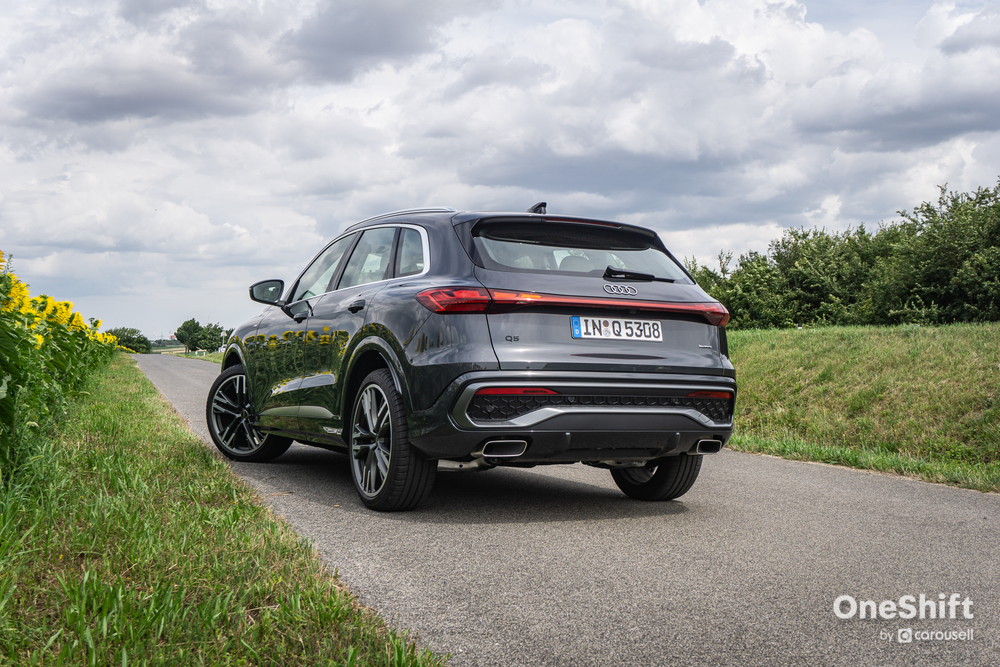
It has matured nicely, with pleasant lines and arguably even better proportions than before. There is now a rather high shoulder line and bonnet, giving the Q5 more presence. It’s probably the most understated among its rivals, but that’s trademark Audi and totally on-brand.
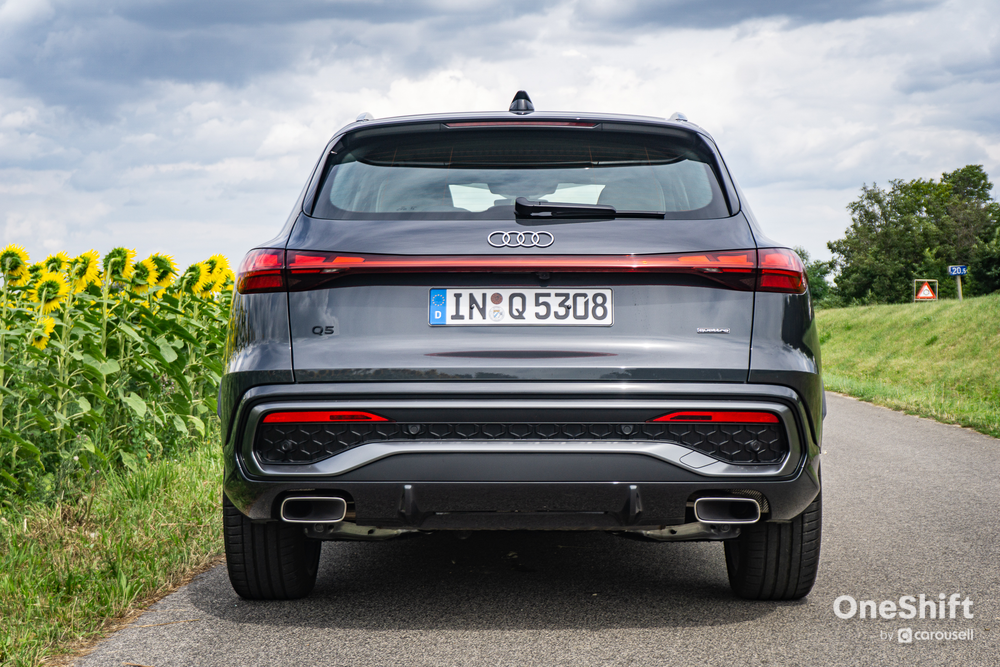
How’s the Audi Q5 on the inside?
The centrepiece of the interior is its Digital Stage, a curved screen that incorporates the 11.9-inch digital instrument panel and the 14.5-inch touchscreen.
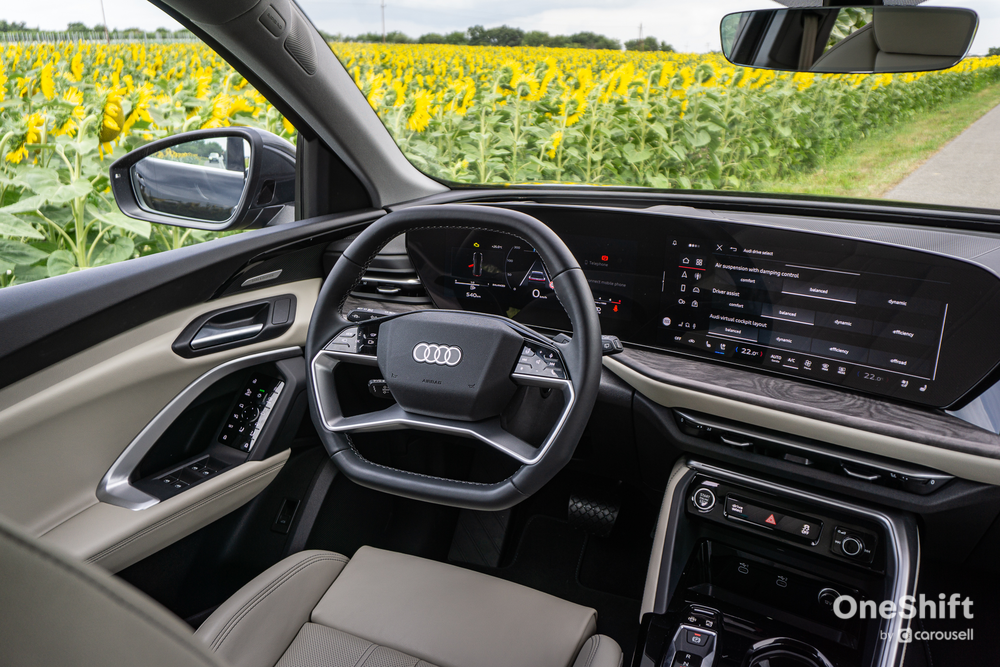
The operating system (or in Audi speak, MMI) is based on Android Automotive OS and it’s one of Audi’s finest efforts. While being completely screen-oriented, it manages to be more user-friendly than many of its rivals. In between the two screens is a shortcut menu that leads you to the core, often-used functions. On the touchscreen, there is a climate control panel that permanently sits on the bottom no matter which function you’re accessing. The menus are logical, clear and fairly easy to navigate around. If you option it, as is the case with this test car, the passenger gets a 10.9-inch screen to fiddle with, too (unnecessary, in my opinion).
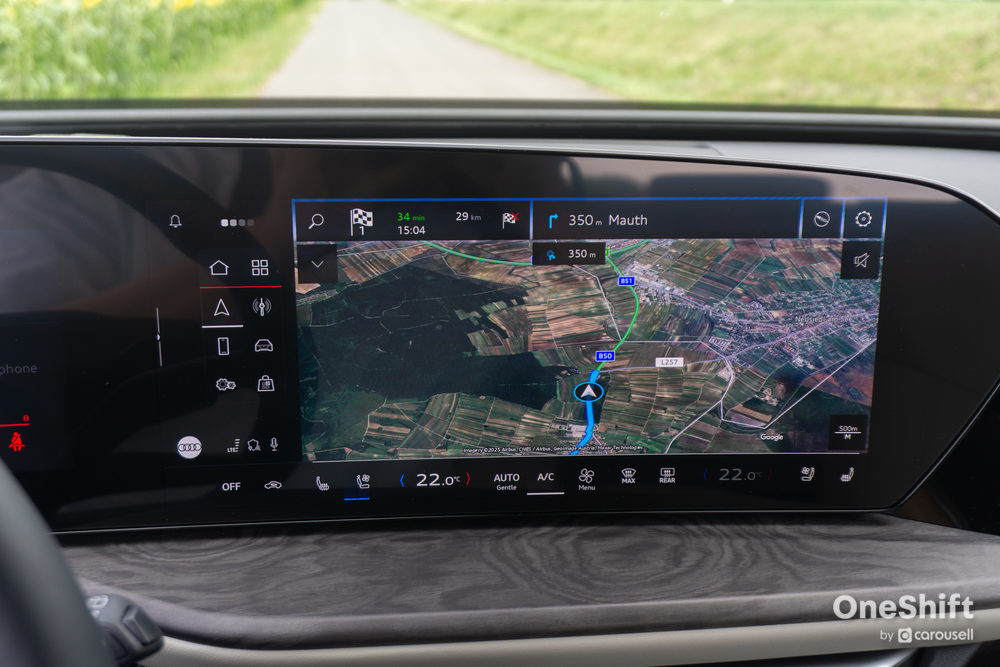
Less successful are the haptic buttons on the steering wheel that control the functions of the instrument panel. They feel cheap to use with hardly any tactility, and more than once I swiped them accidentally while shuffling about the steering wheel while turning. Whatever happened to the beautiful Audi buttons that click satisfyingly?
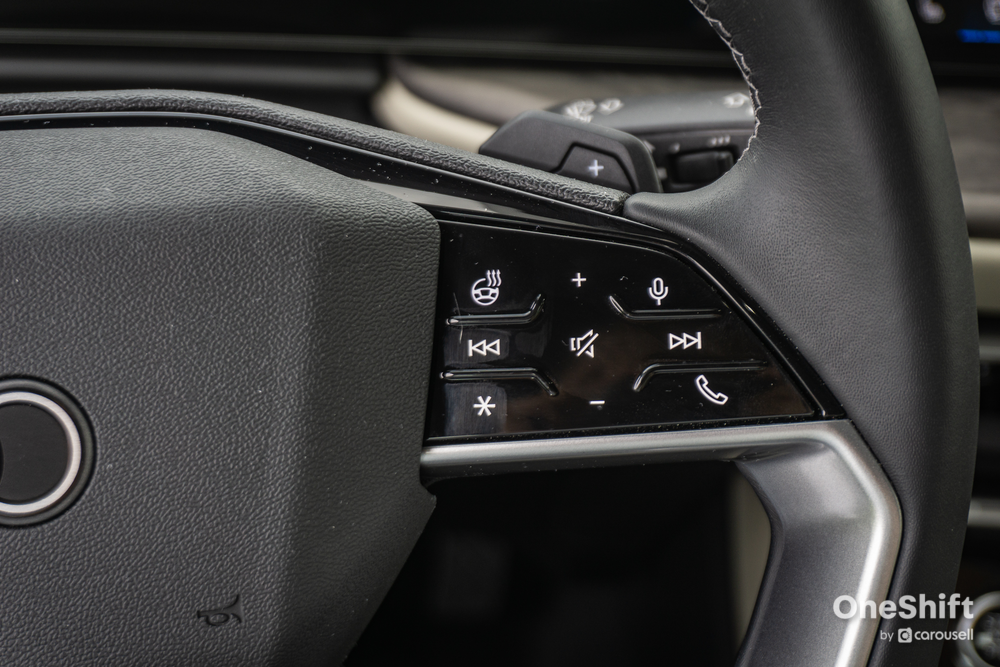
There is a head-up display (HUD) on the test car which works well, but it unfortunately doesn’t come with the impressive Augmented Reality (AR) HUD on the PPE models like the Audi Q6 e-tron and A6 e-tron. The reason? There simply isn’t enough space for the equipment of the AR HUD on the PPC models due to the ICE engine.
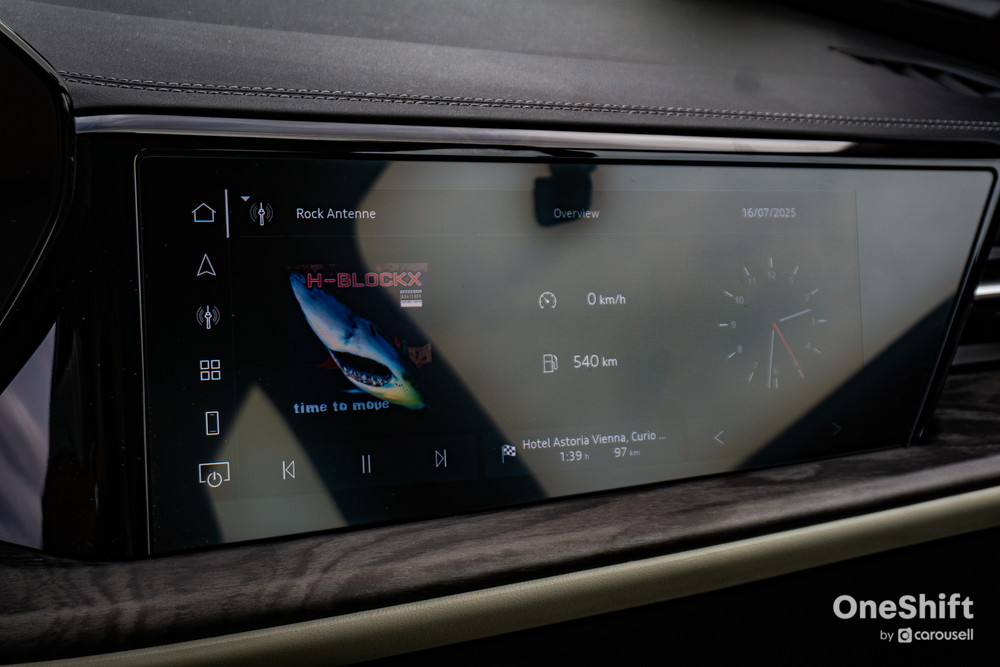
Moving on to the rest of the interior, it is generally well-appointed though perhaps slightly below Audi’s usual high standards. Although there is a stitched leather dash, matte wood trim and soft touch materials, the bottom half of the doors and dash have a fair bit of harsh plastics. Optioned into the test car is the Bang & Olufsen Premium Sound System consisting of 16 loudspeakers with 685 watts of power, and it sounds great.

How does the Audi Q5 drive?
Just like the A5 Sedan, there is a newfound maturity in the Q5 that just wasn’t there before. There’s lots of refinement and comfort found usually in much larger cars. Yet, there is also an ease of driving that makes the Q5 disarmingly good for potting about daily.
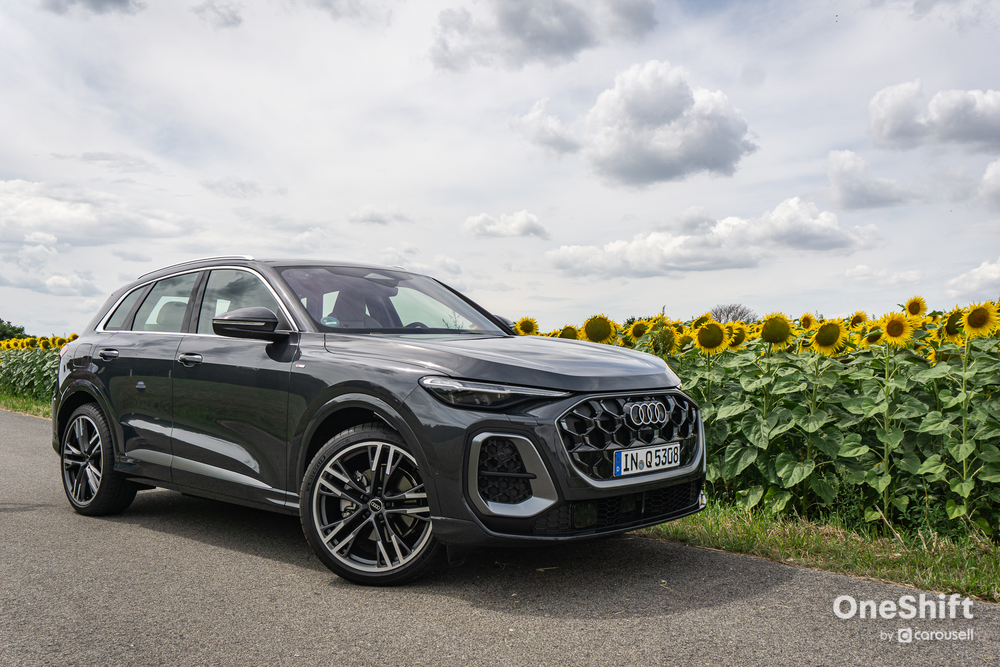
At the first turn of the wheel, I am surprised at how hefty the steering feel is. The Q5 comes with progressive steering as standard, so it explains why the steering lightened up with speed. It’s not the most feelsome rack around, but it’s certainly reassuring and predictable.
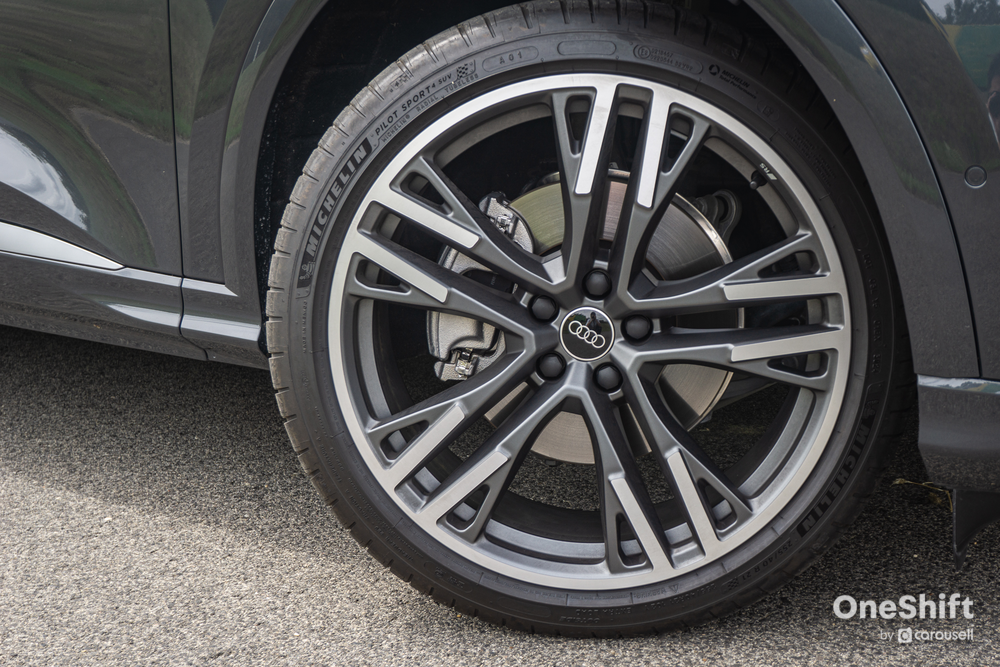
The power delivery from the TFSI engine is surprisingly urgent and meaty, with the car entirely unfazed with its weight or all-wheel drive hardware. It’s perfectly matched to the 7-speed S tronic suspension. On the Hungarian and Austrian highways where we could hit speeds of up to 130 km/h, the car was terrifically confident and at ease. There doesn’t feel like a great deal of inertia at all, I suspect due to the electrical assistance from the MHEV plus system. On that note, engine shutdown and restarts are virtually imperceptible. I needed to check the tachometer to figure out whether the engine was off or not.
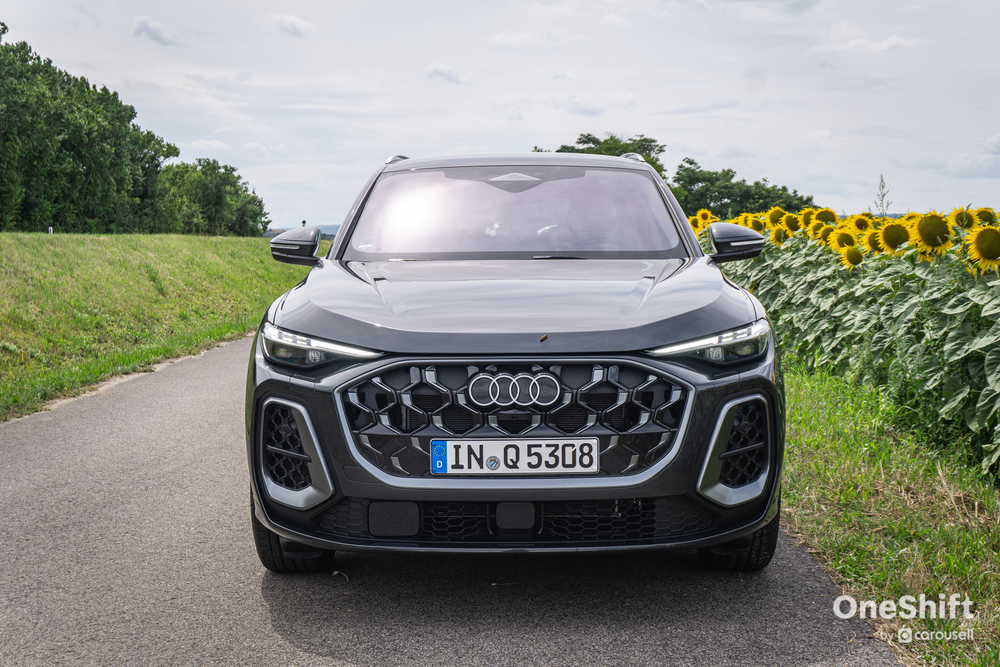
Air suspension was optioned in the test car and it truly gave a ‘big car’ feeling to the Q5. Besides ironing out bumps and ruts on the road, it simply made the Q5 feel imperious on the road. I suspect the standard passive steel suspension that’s specified for Singapore-bound Q5s won’t feel nearly as otherworldly, but fret not - even those have Frequency Selective Damping (FSD) included, which basically smooths out high frequency bumps. I’d be interested to try that out when the Q5 arrives on our shores.
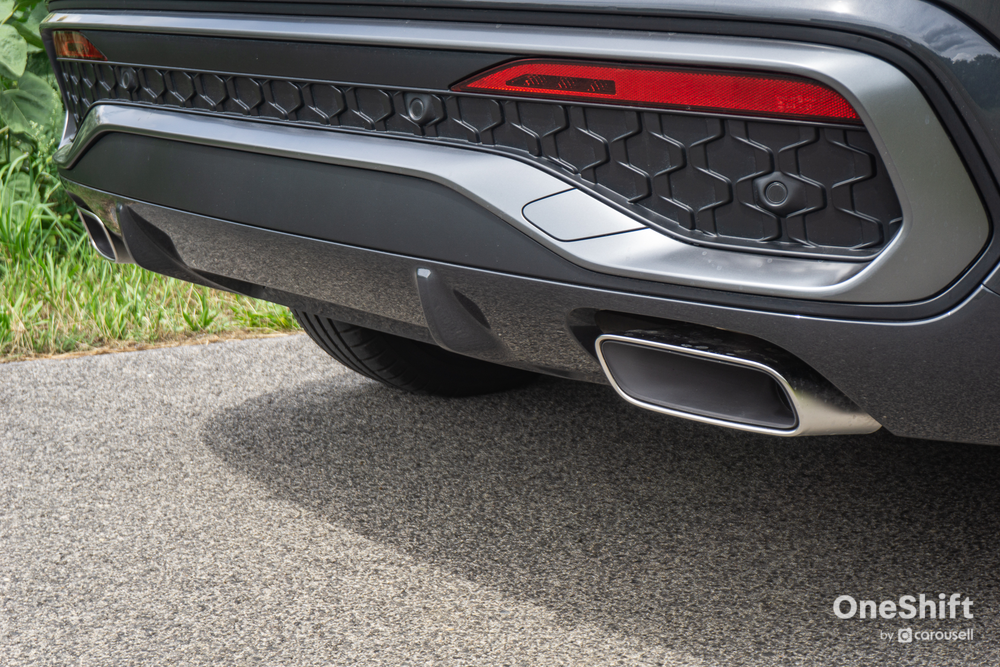
Bottom line, there’s hardly anything to fault about how the Q5 drives. It’s as what you’d expect with hardly any vices to speak of.
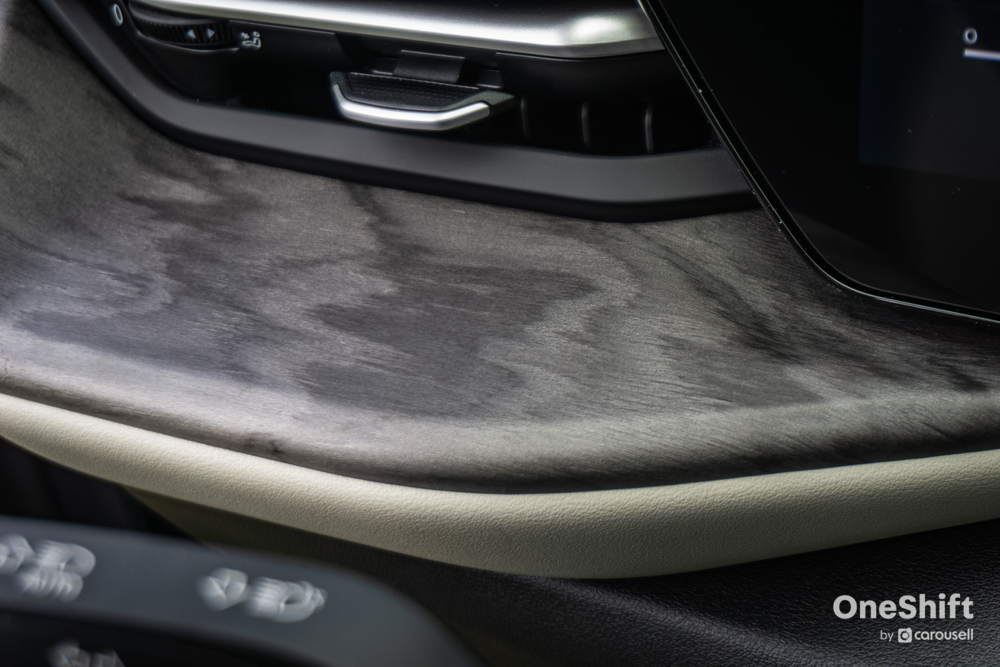
Would you recommend the Audi Q5?
This segment has historically been very competitive. It’s the favourite of soccer moms and upper-class families who crave for a premium experience. There’s the Mercedes-Benz GLC which we’ve yet to review, BMW X3, Range Rover Velar and Lexus NX. I reckon the X3 would probably be the Q5’s stiffest competition, but it’s a little loud and in-your-face as opposed to the classy Q5. I’d suggest considering the Q5 if you want something that works wonderfully under the radar, with more substance than anyone would think.
Photos by James Wong
---
Car you sell, Carousell. Get the highest quote for your car in just 24 hours, with assistance on paperwork too.


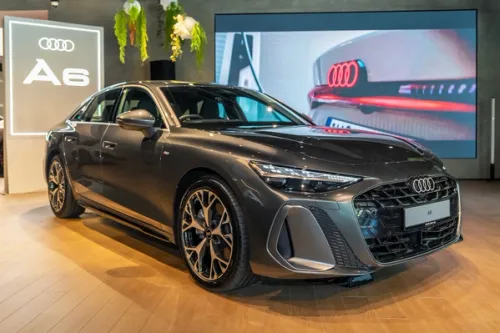

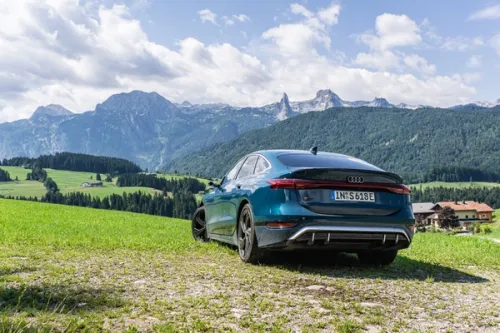



Get the Best Price for your used car
from 500+ dealers in 24 hours

- Convenient and Hassle-Free
- Consumer Protection
Transparent Process
With No Obligation
